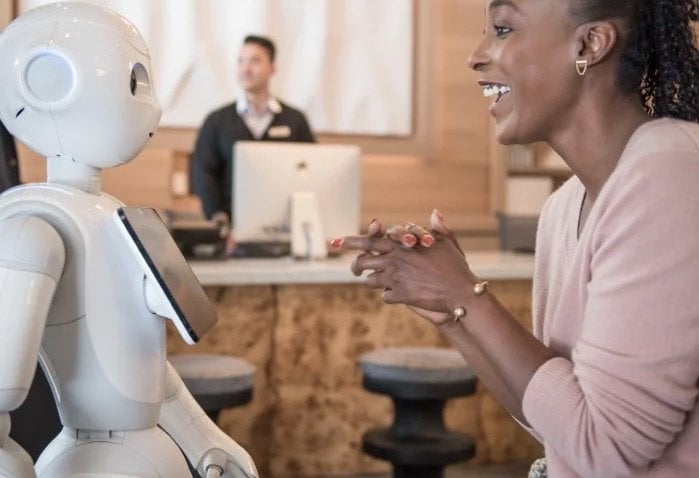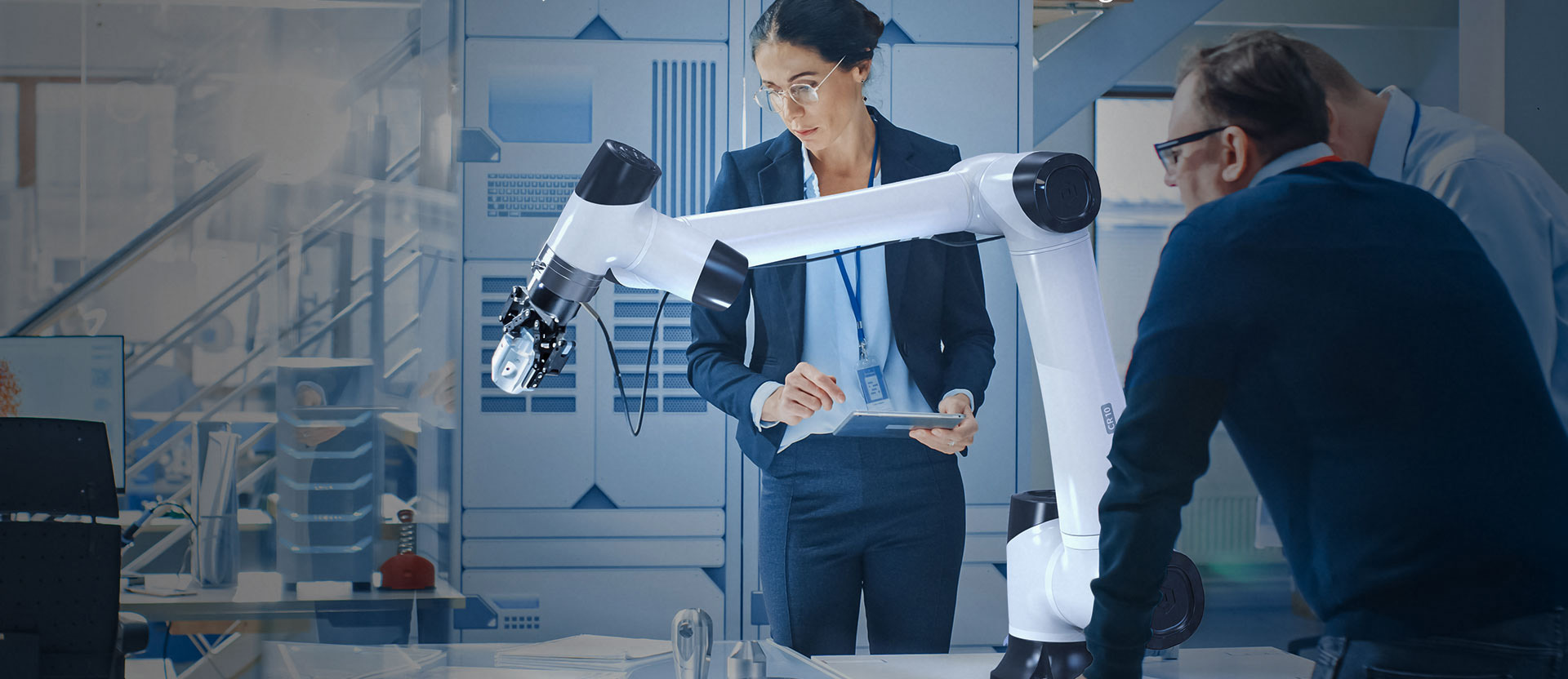Tips for Strengthening Customer Service With Robots
Feb 24, 2022 By Natalia Galvis
By Evelyn Long

Artificial intelligence (AI) is a growing trend in many industries, like e-commerce, real estate and manufacturing. In fact, market revenue for artificial intelligence is forecast to grow from 2018 to 2027. While robotics can help with everything from process automation to data analysis, one universal way industries have been embracing the technology is in customer service.
Why? Robots can step in to aid busy customer service representatives, field common questions and create an engaging entry point for any business. This technology is especially useful in forming stronger consumer connections. Here are a few ways to strengthen customer service through the use of robots.
1. Improve Consumer Communication
One of the most common ways robots are used in customer service is in the form of chatbots. Chatbots are virtual assistants that can help field initial questions from customers visiting your business’ website, then funnel those interactions toward human assistants when needed.
With a chatbot, information is stored about customers' preferences and their personal information. This makes it easier for people to get answers quickly. For a live agent, it takes time to initially learn this data, creating longer phone calls and messages than needed. A well-used chatbot can make communication more efficient on both ends.
2. Take Advantage of Fast Technology
Customers want fast service and quick answers. In today’s world, people are used to instant gratification, from streaming services to delivery apps. Using chatbots can offer 24/7 availability even when humans can’t.
This means more customers can be served, like working parents who have small windows of time. Plus, the same customers then save time not having to wait to hear back from a live agent. Having speedy customer service enhances the user experience, increasing brand loyalty.
3. Give Customers Personalized Suggestions
Sometimes customers aren’t clear about what they need. Taking time to figure it out can lose businesses their clients. Keep in mind each consumer has their own pain points and needs. That's where robots can use stored data to assist them.
Train machines to provide relevant product recommendations. These suggestions help people easily navigate the site and find what they’re looking for. This can help to close deals and move users along the sales funnel.
4. Use Robots to Free Up Time
AI-based machines can work alongside humans, and don’t necessarily need to replace them. Instead, use them to streamline back-end processes, such as maintaining compliance requirements. This allows humans to still interact with the customers.
A great example of this is the growing popularity of robot receptionists in physical businesses. Take Pepper, who can automate a lot of the informational tasks employees would otherwise handle at retail stores, hotels, and other businesses. Pepper provides a futuristic, engaging way for customers to interact with the brand while letting human employees focus on the high-impact tasks that keep things running smoothly.
Common anxiety with robot aids is worry over the loss of human jobs. The truth is, experienced professionals will always be needed in sales, customer service, and marketing. What robots do is serve as brand ambassadors while freeing workers up from the repetitive tasks that get in the way of essential work.
Plus, additional experts and technicians are needed to help keep these automated processes functioning properly. For example, equipment service technicians travel between work sites and perform scheduled inspections that may have been identified by robotics and data analysis. In many ways, adopting robotics supports human jobs.
6. Introduce New Processes
Robots can provide a physical representation of new company procedures. Employees can get used to digital methods, such as improved data collection. Understanding new methods can increase productivity and provide consumers with a better experience.
AI is particularly beneficial in training new employees. It can provide performance feedback and allow for a more personalized learning track. This helps businesses expand training opportunities as they grow and help level up their staff for newfound success.
7. Program Robots to Engage in Informal Conversation
Some small talk upfront can make a client feel more engaged. A conversation about how someone's day is going can create a friendly atmosphere. This is even more effective when it comes from an unexpected place — and robots are sure to delight customers when expressing new ideas.
It’s true that robots are most effective when information is concrete. However, businesses can have a little fun and program the robot with a conversational script along with the sales pitch. Also, incorporate natural language processing (NLP), which helps computers interpret spoken and written language.
8. Use Them to Simplify Processes
Many companies transfer customers to multiple representatives to answer questions. This can lead to frustration among clients who feel like they’re playing phone tag — and they then may feel that escalating to the manager is the only way to get a task done.
Robots can help reduce the number of transfers by storing key data in one convenient place. This can save consumers time and give them the answers they need right away. Plus, robotics have all kinds of automation potential depending on the industry, whether it’s simplifying inventory, manufacturing, or data management.
The Benefits of Robotic Technology in Customer Service
Customer service is a key element of attracting and retaining clients. AI is an emerging tool that can automate processes and create personalized interactions. However, they won’t replace humans, but rather work alongside them to provide superior customer service.
Discover more about Business and Robots with RobotLAB!

Check more information here: https://business.robotlab.com/
Author
 Evelyn Long is the editor-in-chief of Renovated and a writer with experience covering green technology and construction for publishers like NCCER and BUILD.
Evelyn Long is the editor-in-chief of Renovated and a writer with experience covering green technology and construction for publishers like NCCER and BUILD.















.webp?width=124&height=124&name=image%20(1).webp)
.webp?width=169&height=87&name=image%20(2).webp)



































